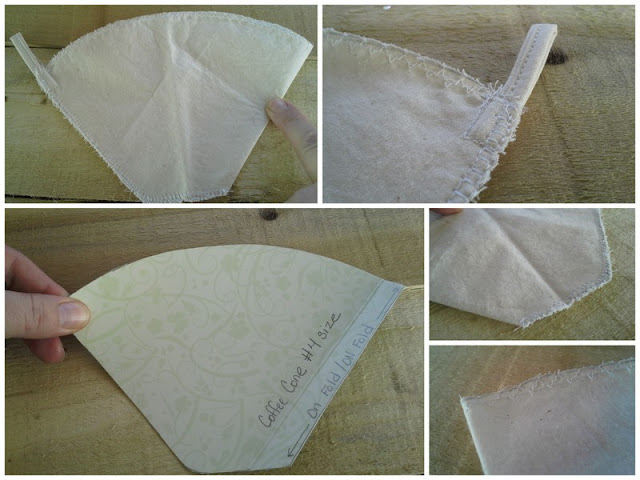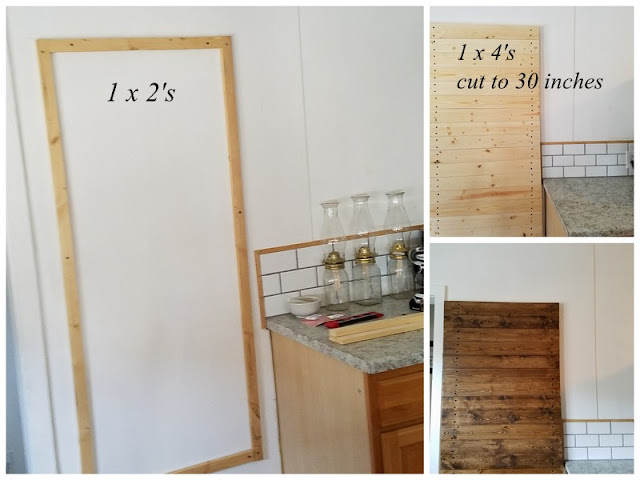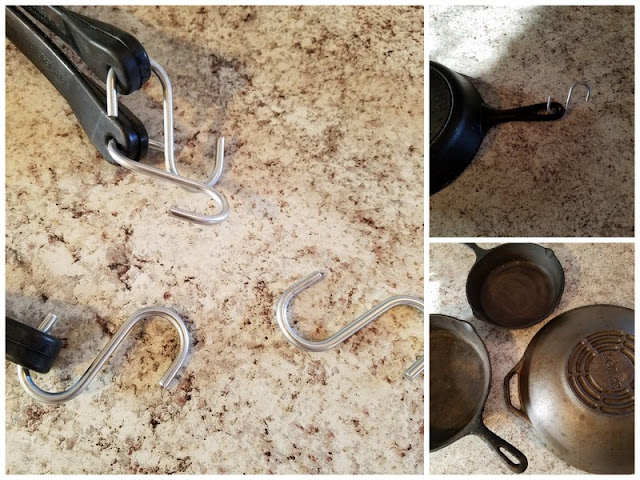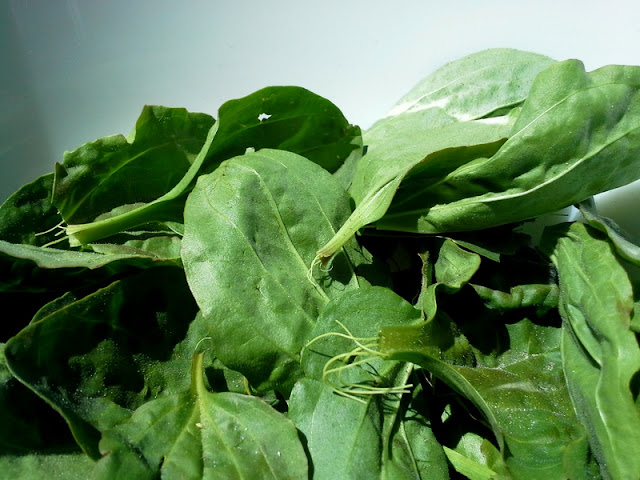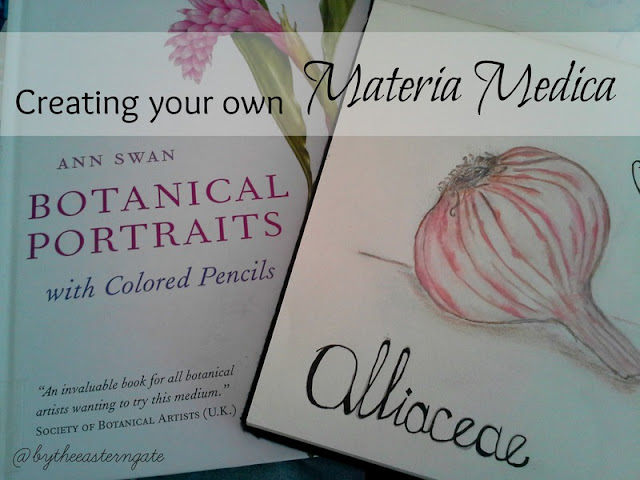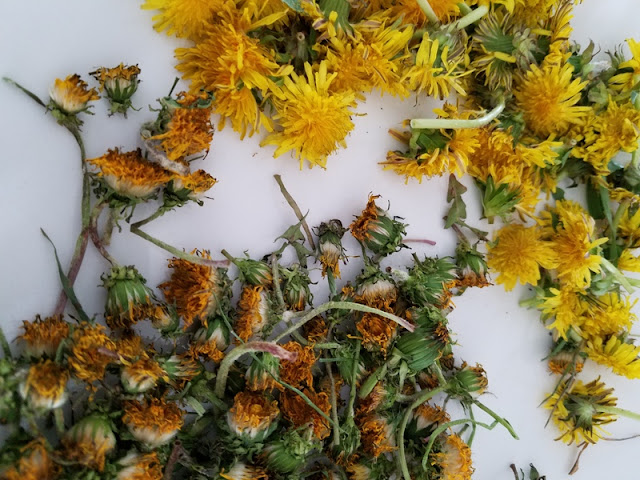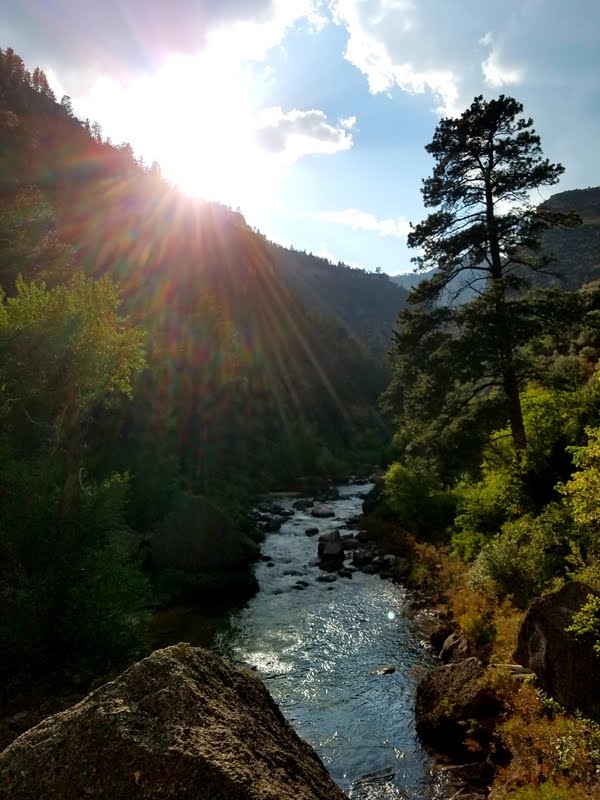I was a little nervous at the idea of making pasta, especially when it came time to use the pasta maker. But after that first batch, I am confident in saying - that nervousness was all for nothing! The process of making pasta does have a few 'steps' - however the end result is worth all the effort.
Ingredients: this makes about one pound of pasta
- 2 1/2 to 3 cups Semolina Flour
- 3 Eggs, at room temperature
- Water
- 3/4 cup of Fresh, home grown Basil - washed and air dried
Directions:
- Form a flour mound with the two and half cups semolina, then form a basin in the middle to receive the eggs.
- Crack the eggs into the basin and slowly start working the flour into your eggs, mixing and kneading by hand - until you form a soft dough ball. This may take eight to ten minutes. * If your dough feels too dry add some water - a few drops at a time. Until a pliable ball forms.
- Wrap the dough in plastic wrap or place into glass bowl with lid. Let it rest for at least thirty minutes.
- After the rest, divide the dough into quarters and make into balls, cover the remaining balls that are not in use during the next step.
- Rough flatten your dough piece and run it through your pasta roller, which is to be set on the thickest setting. Fold this dough in half after running it through once, then run it through again. Change the setting to the next setting in line, and repeat this process again - resulting in four passes, two folds and two settings on your machine.
- Next lay your pasta sheet flat and place the air dried basil on the pasta in random places and angles. Going half way in length. Then fold over the remaining half pasta sheet. * The amount of Basil used here is based on personal preference, you can use more or less - depending on desired flavor you would like to achieve.
- Then pass this pasta fold through your roller, on the last setting you used. Take care not to pull your pasta as it passes through the roller. If the pasta is too thick for this setting, set the roller back one and run it through once, making one roller adjustment - and pass through a second time.
- Repeat the process with the remaining pieces of dough, laying the completed pasta sheets out on a floured surface while you are working the others.
- After all of your pasta sheets are completed, run each one though the noodle adapter or cut into rough noodles by hand. At this point you can hang your pasta to dry or... make Alfredo.
Take a moment and enjoy your home made, basil infused pasta with someone you love... and did you know that Basil provides nutrients such as calcium, magnesium and vitamin K along with a variety of antioxidants. So go ahead - grow that Basil!











